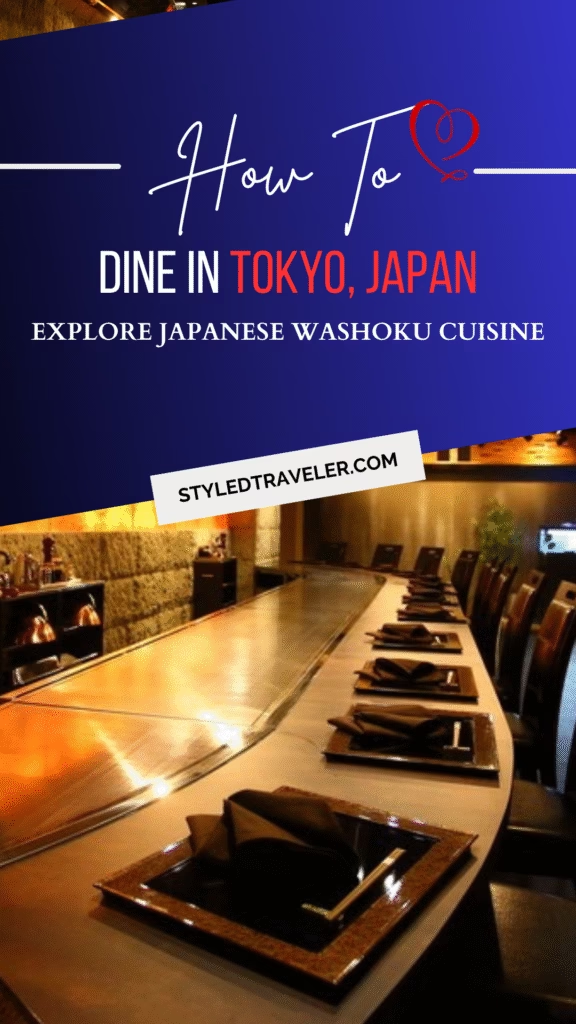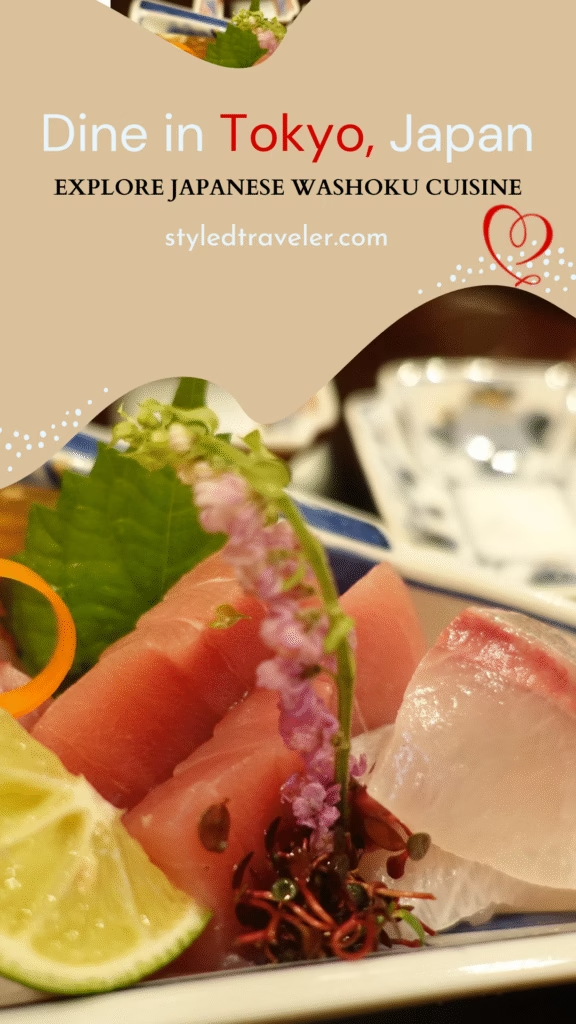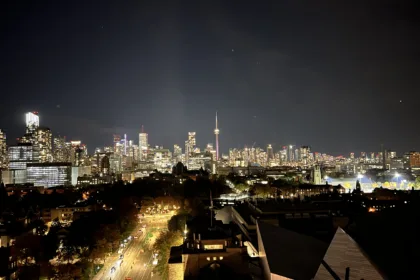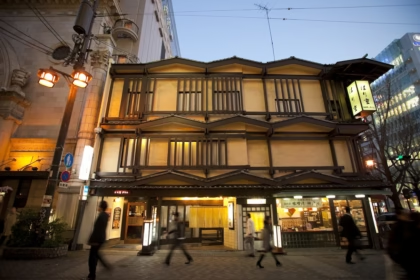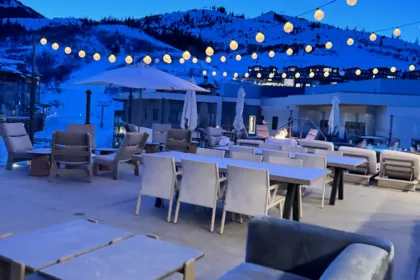This article about Japanese cuisine is a joint collaboration between the AutoReserve Editorial Team (with contributions from Kenji Kurosawa) and Styled Traveler. We hope you enjoy learning about Japan’s Washoku Cuisine and the types of dishes to try on your trip to Tokyo. We hope you consider adding the restaurant recommendations to your Tokyo travel list.
AutoReserve is a leading gourmet dining platform that uses AI technology to book restaurant reservations worldwide on your behalf. For more details, check out their website.
Japanese Washoku Cuisine
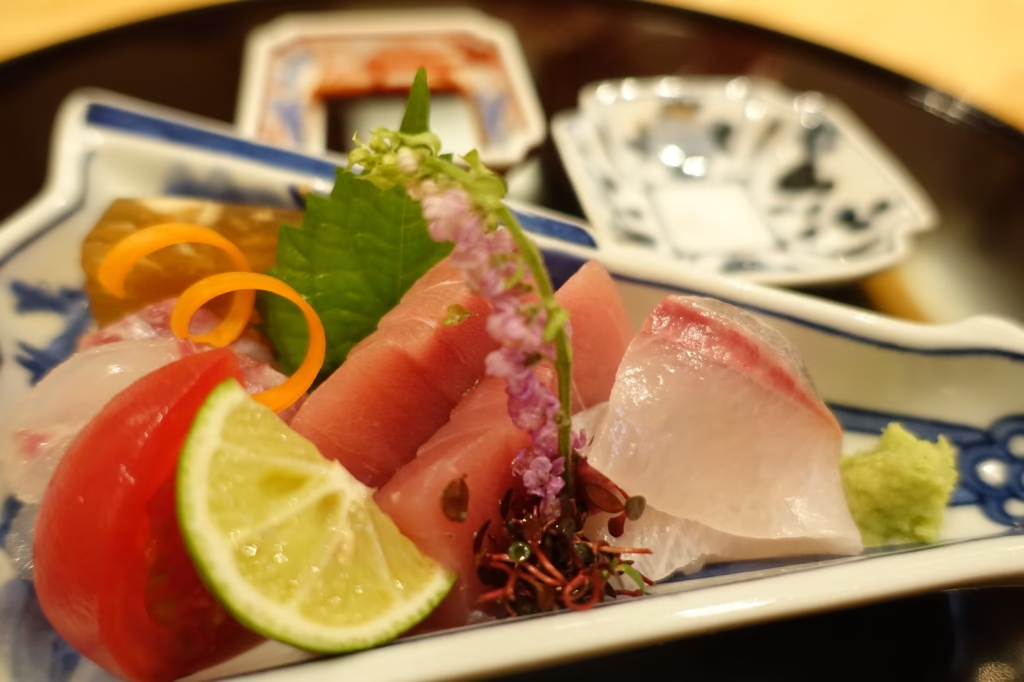
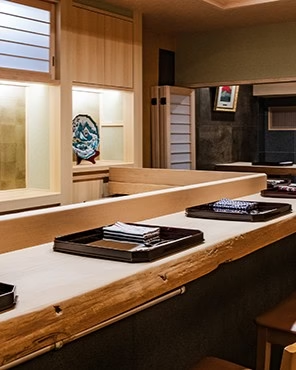
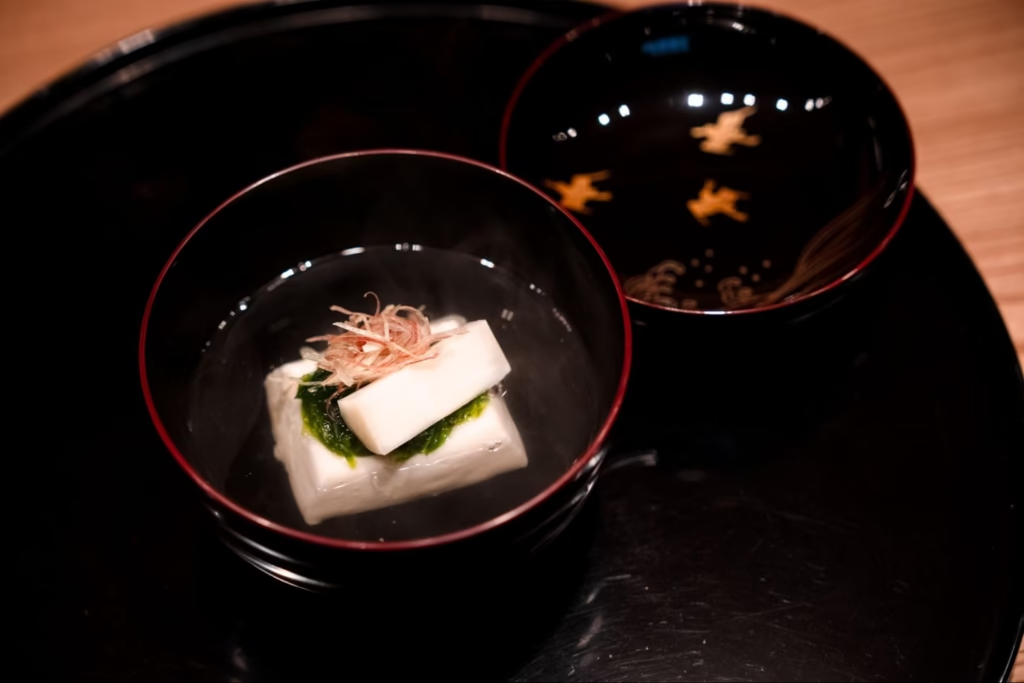
Japanese cuisine (washoku) is a traditional culinary art that celebrates the changing seasons through delicate flavors and beautiful presentation. It is typically served in a multi-course style. The cooking techniques highlight the natural essence of the ingredients, with the dishware and arrangements reflecting seasonal aesthetics.
Washoku includes kaiseki ryori, kaiseki banquets, and kappo dining – each with unique backgrounds and charms. These dining styles embody the Japanese sense of beauty and reverence for nature, making them highly appreciated by tourists from around the world.
Understanding Washoku will deepen your knowledge of Japan and appreciation of Japanese cuisine.
On December 4, 2013, UNESCO registered Washoku as an intangible cultural heritage of humanity.
Dining in Tokyo
When visiting Japan, you must include local Japanese delicacies in your plan. Melt-in-your-mouth wagyu, seasonal sushi, and crispy tempura are just a few examples of the gourmet foods that have travelers worldwide falling in love with Japanese cuisine.
In this article, we’ve curated nine highly rated restaurants that have been particularly popular among international visitors between 2023 and 2025. Each restaurant can be easily reserved through AutoReserve. We offer a deep dive into Japan’s cuisine — perfect for both washoku beginners and seasoned gourmets.
Japanese cuisine – Omakase
Omakase is an exclusive dining experience where guests entrust the chef with the menu selections, allowing the chef to craft a personalized culinary journey. Featuring an array of meticulously prepared dishes, this style of dining highlights the freshest, highest-quality ingredients available.
In Tokyo, you’ll find an abundance of renowned omakase spots, each delivering an unforgettable, top-tier culinary adventure.
Recommended restaurant: 帰燕|Kien
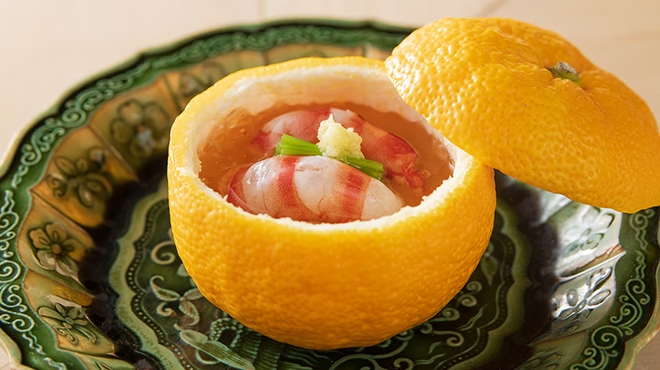
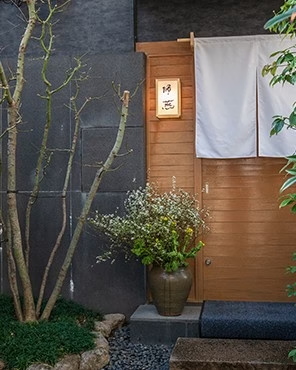
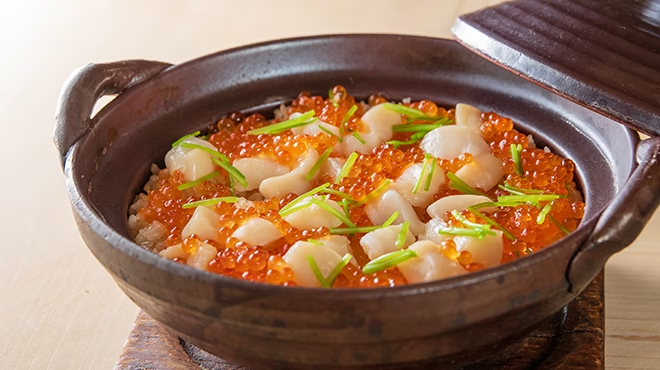
- Address: 2-18-8 Akasaka, Minato-ku, Tokyo Prefecture
- Getting there: A 3-minute walk from Exit 12 of Tameike-Sanno Station, 5 minutes from Exit 3 of Roppongi-itchome Station, and 7 minutes from Exit 5b of Akasaka Station.
- Reasons to go: The chef has honed his skills at numerous prestigious restaurants and earned a Michelin star for ten years in a row. Renovated in 2020, the restaurant now boasts an elegant and serene atmosphere. Private rooms are also available for an intimate dining experience.
- What to try: An “omakase” (chef’s choice) course featuring seasonal delicacies like bamboo shoots, wild mountain vegetables, crab, and fugu (blowfish), crafted with a meticulous focus on flavor and presentation. The signature seasonal clay pot of rice is especially popular. A wide selection of sake and wine complements the food perfectly.
- Make A Reservation At Kien
Japanese cuisine – Sushi
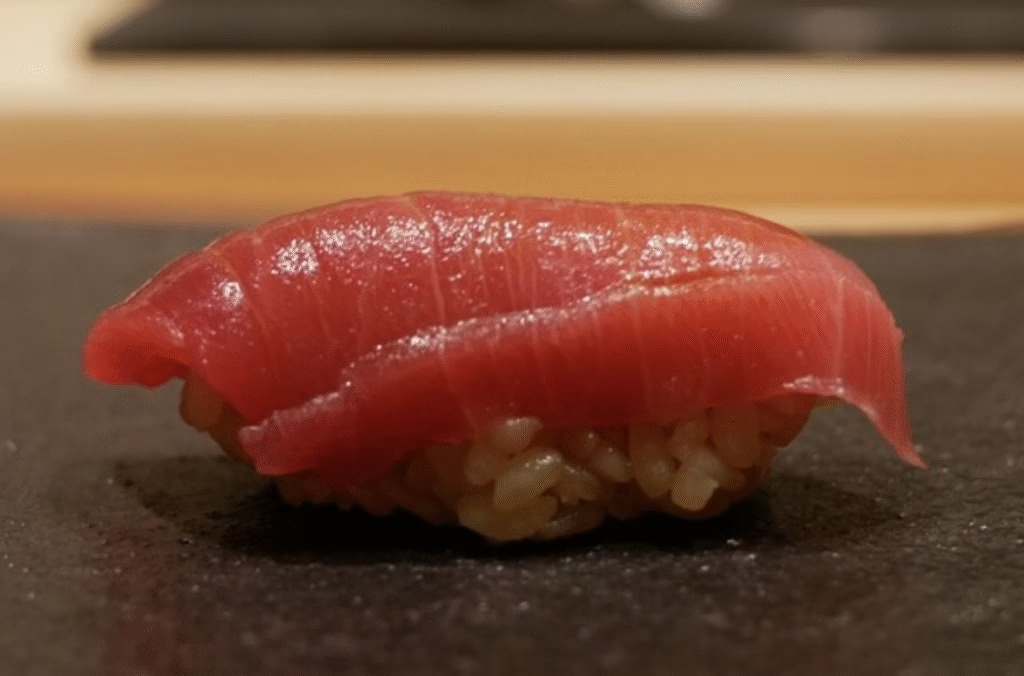
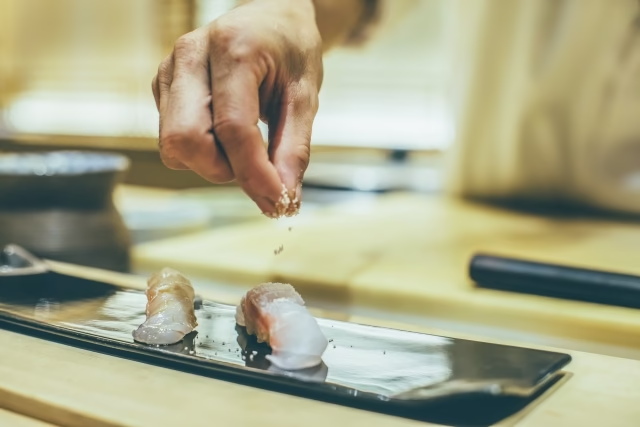
When you first think of Japanese cuisine, sushi most likely comes to mind. In Japan, there are two main types of sushi restaurants: casual conveyor belt sushi and traditional counter-style sushi, where you sit directly in front of the chef.
For an authentic Japanese cuisine experience, a counter-style sushi is recommended. Most follow the Edomae-style, which involves carefully preparing each piece with techniques like marination, curing, searing, or aging, depending on the fish. These methods bring out deep, layered flavors beyond simple freshness.
Recommended restaurant: 鮨 鈴木|Sushi Suzuki
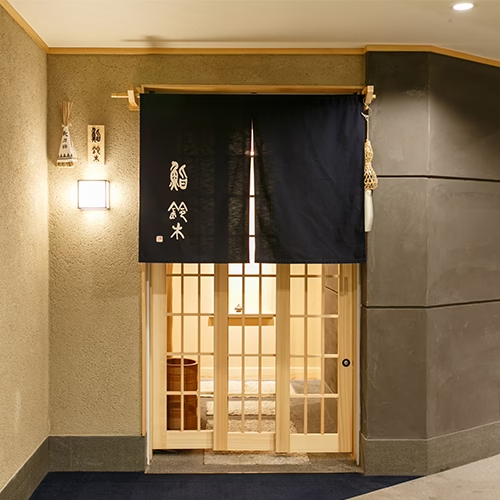
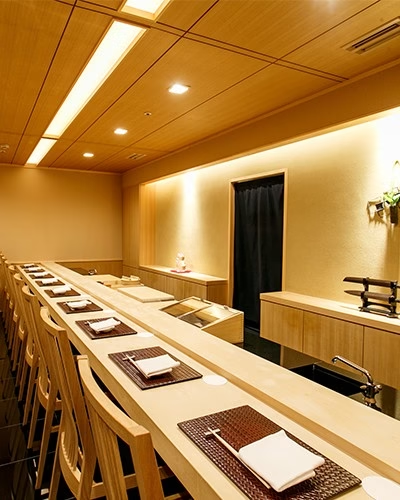
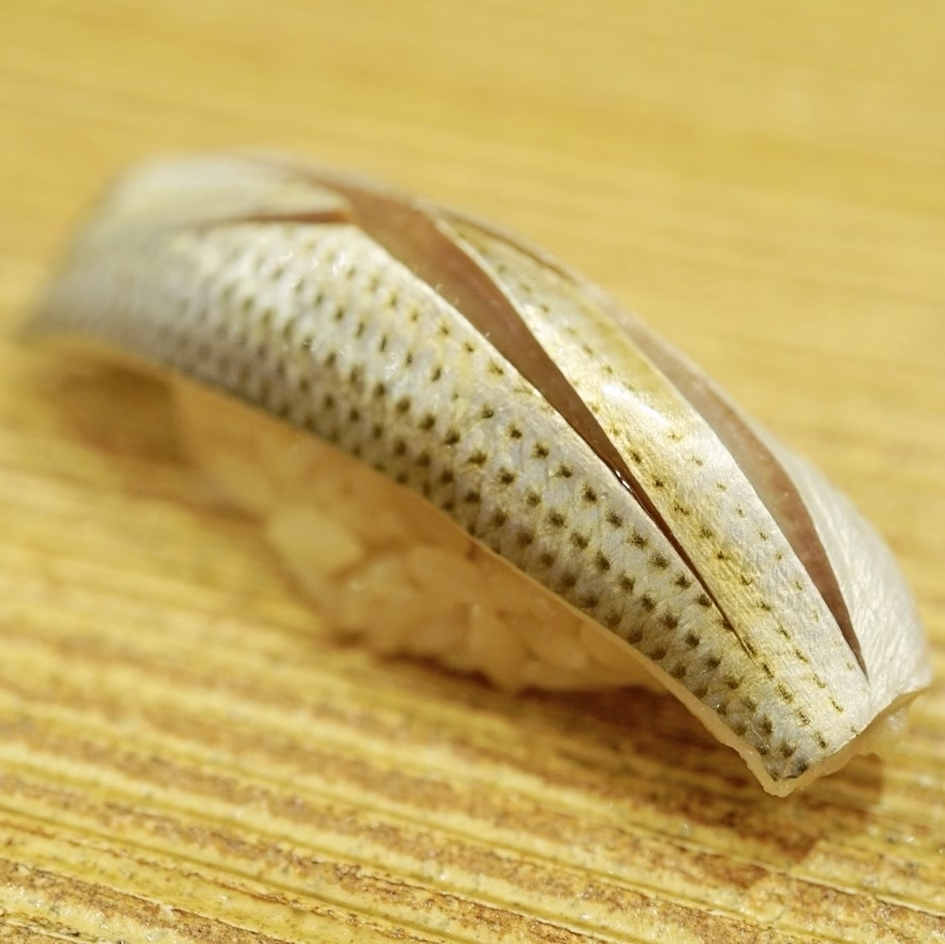
- Address: 6-5-6 Ginza, Chuo-ku, Tokyo, Ginza Art Building 5F
- Getting there: A 3-minute walk from Exit B9 of Ginza Station.
- Reasons to go: The head chef trained for 12 years at the famed Sushi Aoki. He crafts each piece with seasonal fish sourced from across Japan, such as aged bluefin tuna from Shiogama, white shrimp from Toyama, and young gizzard shad from Maisaka. You can enjoy the craftsmanship at the counter or in a private room.
- What to try: Try the dinner “omakase” courses that offer seasonal ingredients. Lunchtime offers a more casual dining experience. Additionally, the sushi rice is a perfect blend of red and white vinegar, enhancing each bite.
- Make A Reservation At Sushi Suzuki
Japanese cuisine – Soba
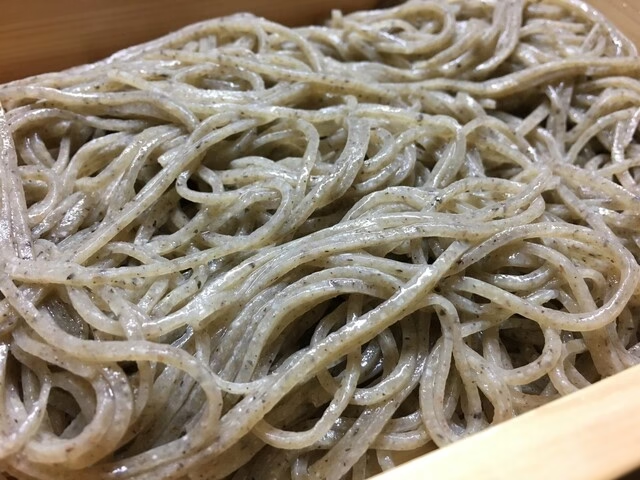
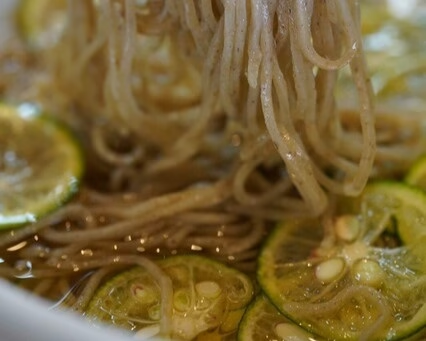
Soba (buckwheat noodles) is one of Japan’s traditional noodle dishes. Popularized during the Edo period (1603–1868), soba became a daily staple. Eating “toshikoshi soba” (year-end soba) remains a beloved tradition symbolizing long life and warding off bad luck.
Today, soba is recognized as a healthy food rich in fiber and rutin, which may help lower blood pressure. Regional styles abound, with Shinshu (Nagano), Izumo (Shimane), and Wanko soba (Iwate) considered Japan’s top three.
In Tokyo, Edo-style soba is known for its thin, firm noodles served with a strong, flavorful dipping sauce. This type of soba is an evolution from street vendor culture into today’s varied soba dining scene.
Recommended restaurant: 浅草じゅうろく|Asakusa Juroku
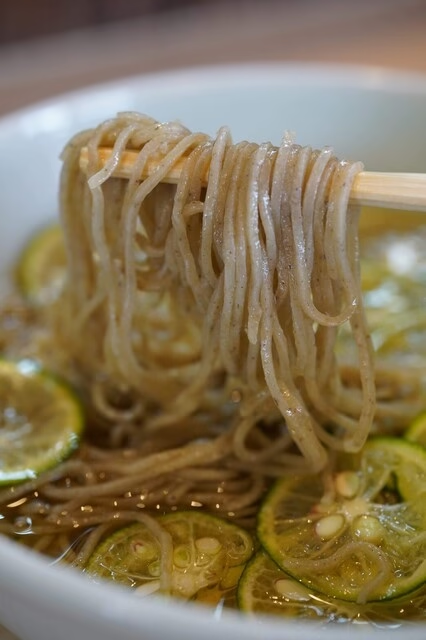
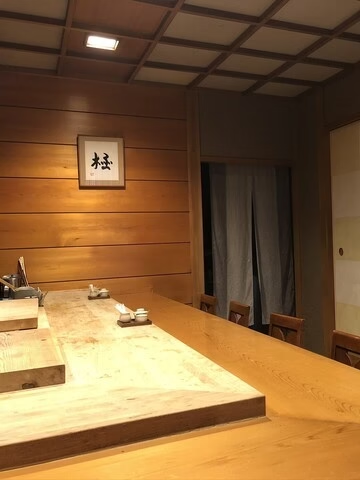
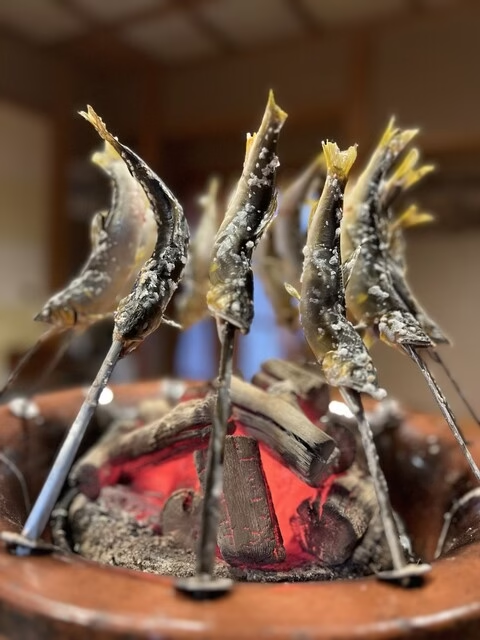
- Address: 4-37-8 Asakusa, Taito-ku, Tokyo, Odai Building 1F
- Getting there: An 8-minute walk from Tsukuba Express “Asakusa Station”, located in the quieter backstreets behind the famous Asakusa Kannon Temple.
- Reasons to go: This restaurant prides itself on handmade noodles made from aromatic buckwheat flour, with meticulous attention to grinding and kneading. The restaurant offers eight counter seats, as well as two private rooms with five seats each – perfect for private dining.
- What to try: Be sure to try the “ni-hachi soba” (80% buckwheat, 20% flour) which has a smoother texture and better mouthfeel. The broth is made exclusively from thick-cut katsuobushi (bonito flakes), offering a perfect harmony with the noodles. The seasonal “omakase” course also includes charcoal-grilled items and Japanese sake pairings.
- Make A Reservation At Asakusa Juroku
Japanese cuisine – Wagyu Steak
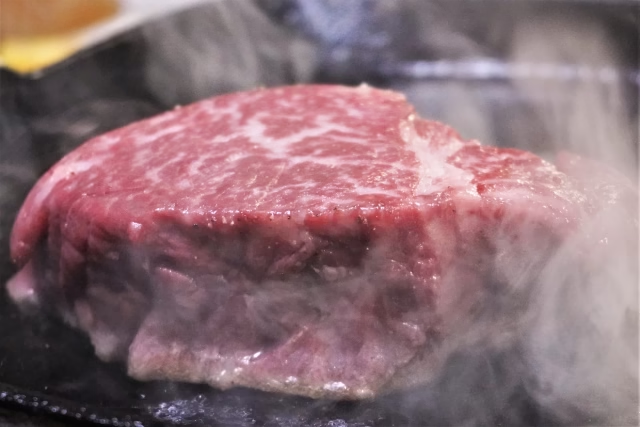
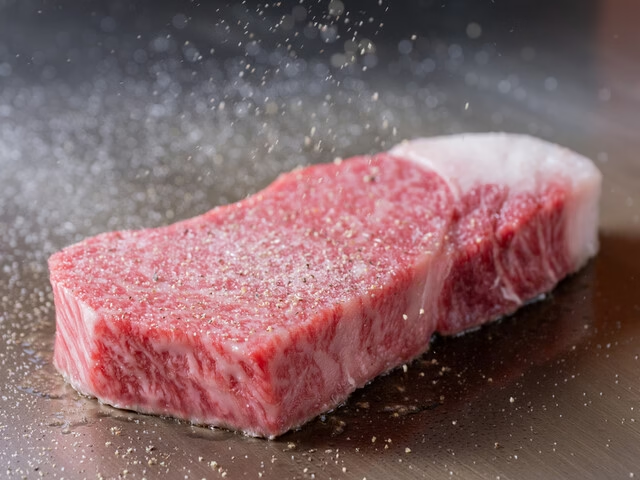
Known globally – especially across Asia – as the premium “WAGYU” brand, Japanese beef is best enjoyed as a steak. It enables diners to fully savor its rich flavor and buttery texture.
For the ultimate wagyu experience, try one of the Top Three Wagyu brands: Kobe Beef, Matsusaka Beef, or Omi Beef. When grilled on a teppan (iron griddle), the marbled fat melts smoothly and releases an exquisite aroma and refined taste.
Tokyo is home to numerous steakhouses that serve these premium brands.
Recommended restaurant: ステーキ パンドラ 匠 Takumi, Steak Pandora
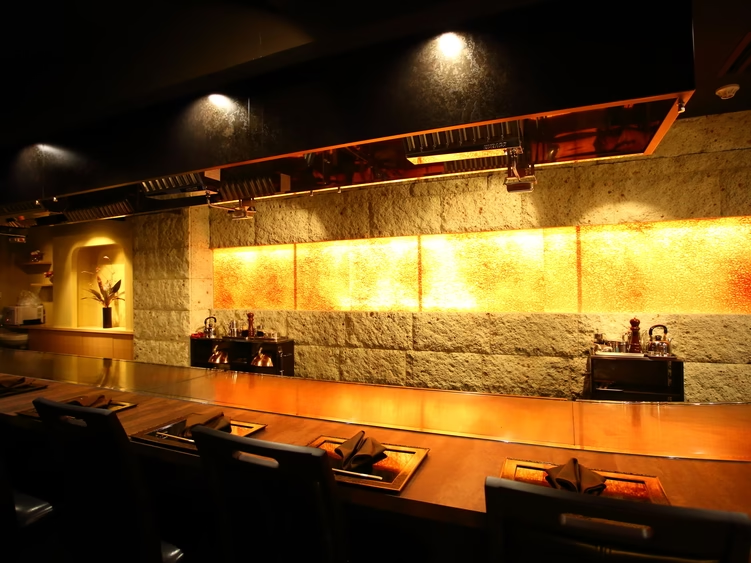
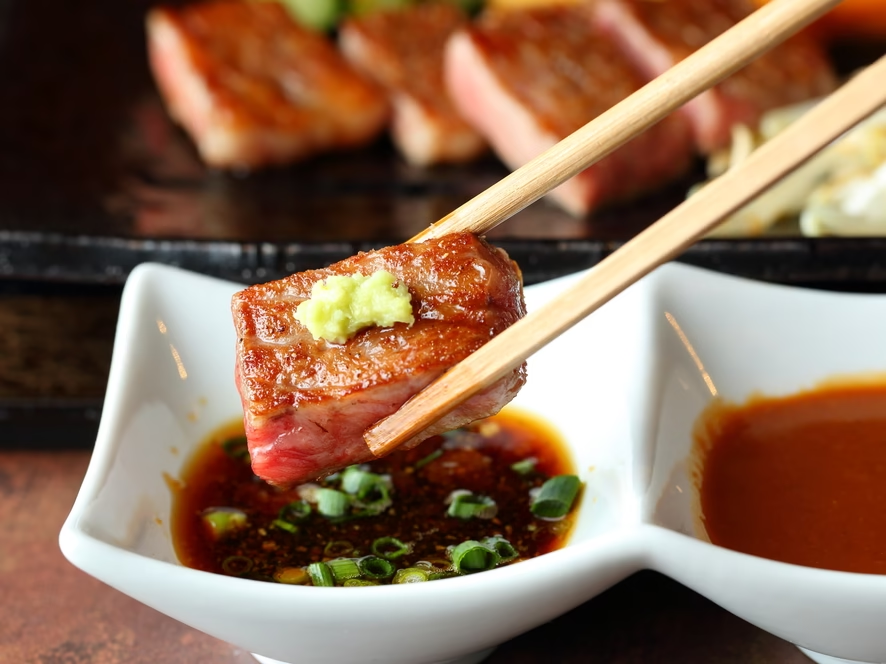
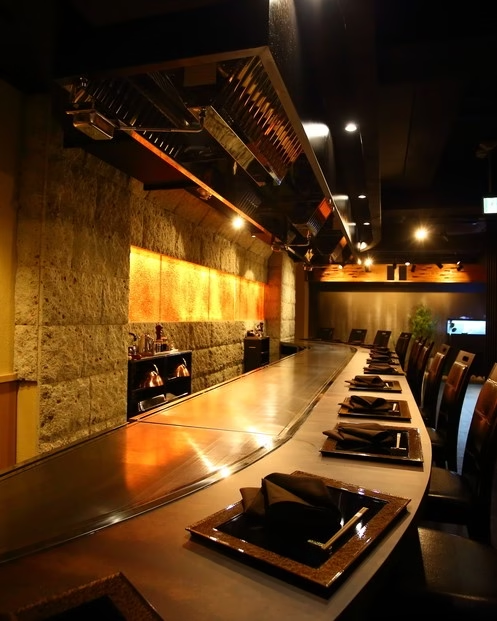
- Address: 1-13-3 Nishi-Shinjuku, Shinjuku-ku, Tokyo, Nishishin Building 4F
- Getting there: A 3-minute walk from the West Exit of JR Shinjuku Station.
- Reasons to go: This long-standing steakhouse offers carefully selected wagyu such as Yamagata and Kobe. With over 50 years of culinary tradition, skilled chefs craft unforgettable steak experiences in a refined, intimate setting of just 13 seats – ideal for special occasions.
- What to try: The signature Wagyu Ribeye Steak is beloved for its bold umami and melt-in-your-mouth taste. The “Pandora Course” (10 dishes) offers a more casual tasting. There are also luxurious courses feature Kobe beef sirloin or filet. Dishes also include premium ingredients like foie gras and king crab. Japanese wines are thoughtfully selected to pair perfectly with the meal.
- Make A Reservation At Takumi, Steak Pandora
Japanese cuisine – Sukiyaki
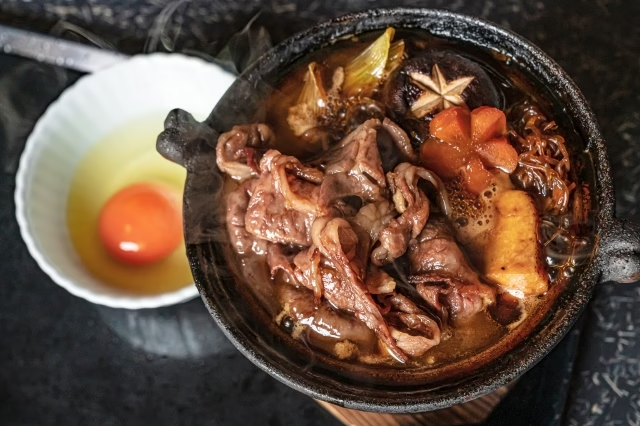
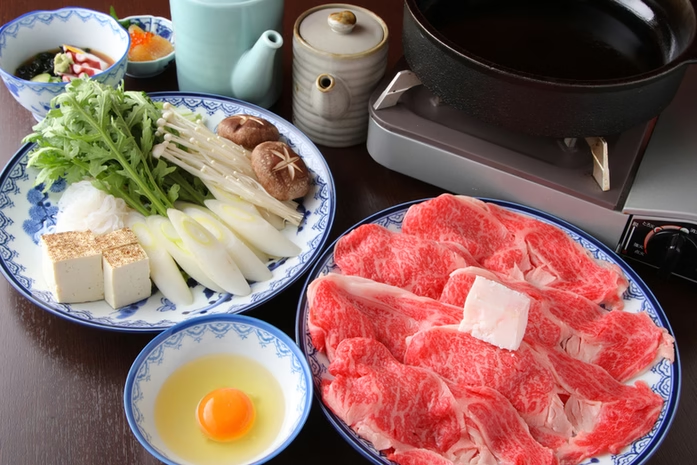
When Japanese people think of a luxurious meal, Sukiyaki is often the first to come to mind. Thinly sliced, beautifully marbled wagyu simmered in a sweet-savory soy-based sauce and dipped in raw egg creates a sublime harmony of umami and creaminess.
Since the 1960s, sukiyaki has also gained global recognition and is now loved worldwide as a quintessential Japanese dish.
Recommended Sukiyaki Restaurant: 伊吹 Ibuki
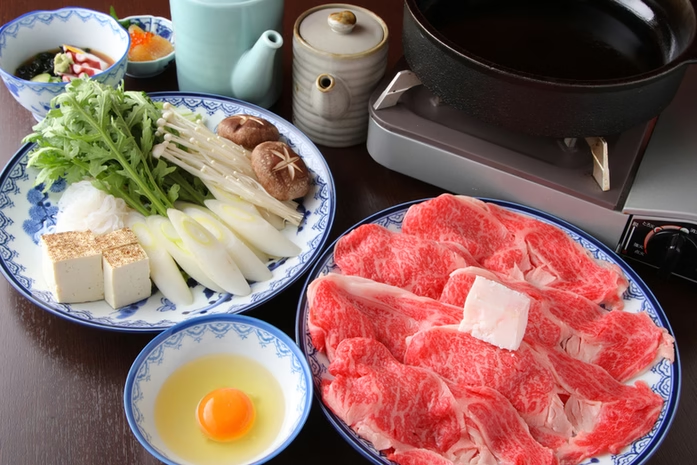
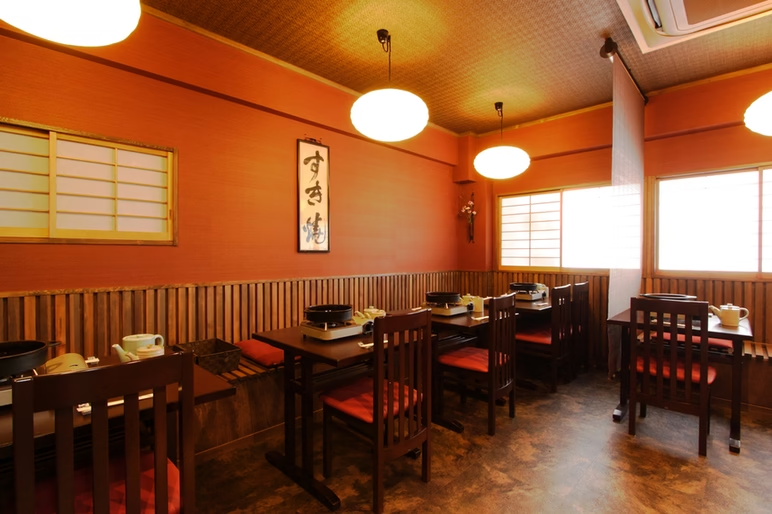
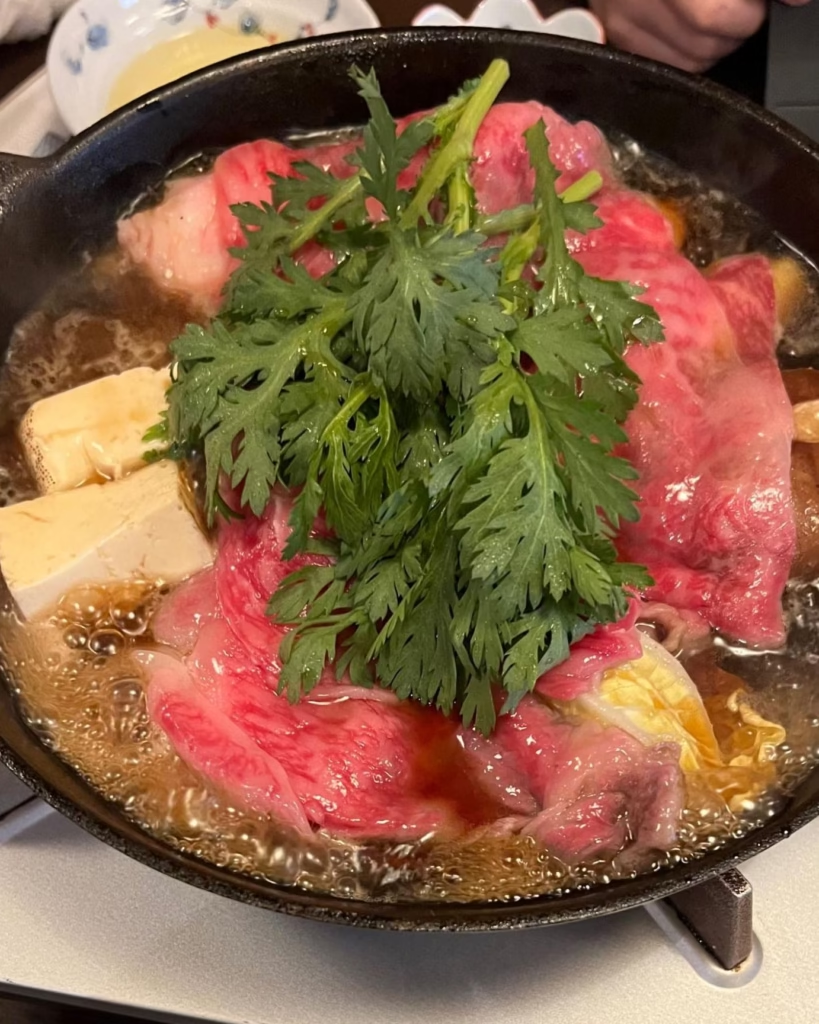
- Address: 1-16-8 Nishi-Shinjuku, Shinjuku-ku, Tokyo, Kawano Building Annex 2F
- Getting there: A 3-minute walk from the West or South Exit of JR Shinjuku Station.
- Reasons to go: Founded in 1950, this hidden gem has long been cherished by locals. With only twenty seats, the restaurant has a cozy atmosphere coupled with attentive hospitality from the owner and staff.
- What to try: A simple yet satisfying menu featuring sukiyaki and shabu-shabu, both made with A5-grade domestic wagyu. Sukiyaki is served Kanto-style – meat and vegetables simmered together in a rich sauce – so the ingredients absorb the flavor beautifully. Despite using premium wagyu, prices are very reasonable.
- Make A Reservation At Ibuki
Japanese cuisine – Tonkatsu
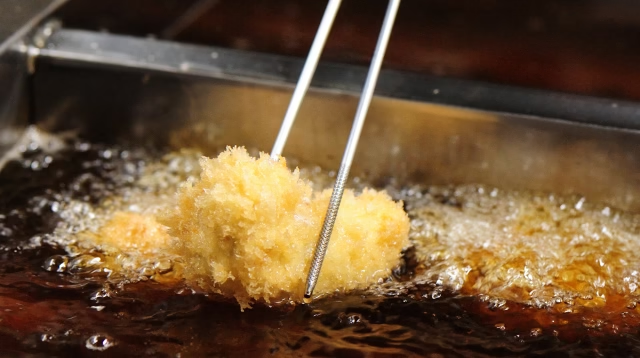
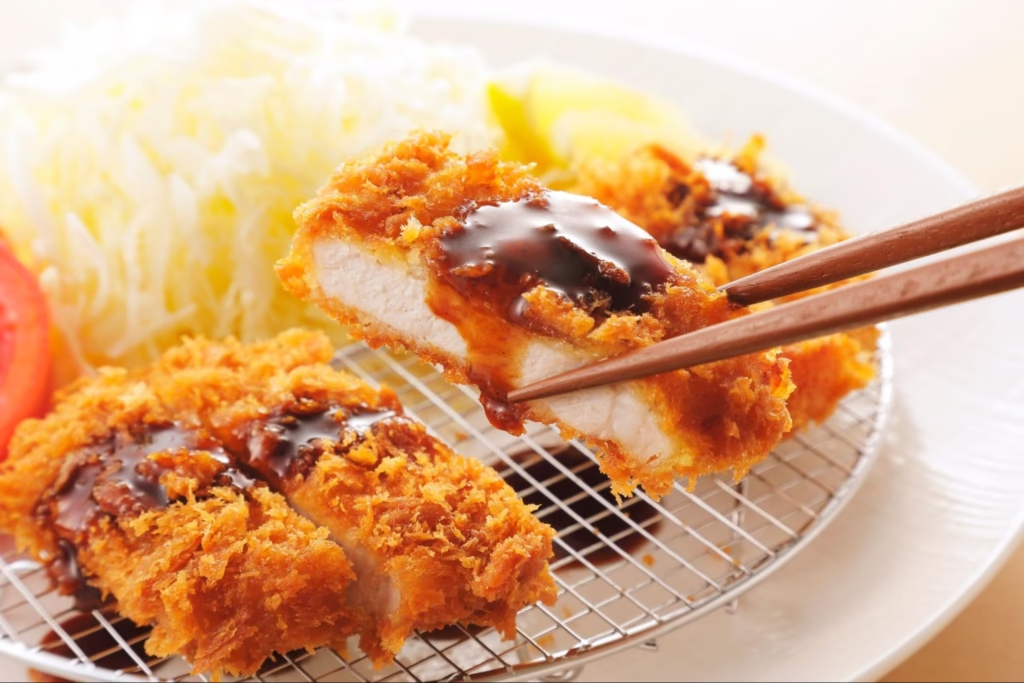
Tonkatsu is a beloved Japanese classic – breaded pork cutlet deep-fried until crispy on the outside and juicy inside. It’s perfect texture pairs exquisitely with rice.
While once a household favorite, high-end tonkatsu is gaining popularity with specialty shops focusing on premium pork breeds, frying oils, and breadcrumbs. Besides set meals, it’s also enjoyed in dishes like katsudon (tonkatsu bowl) and katsu sandwiches.
Recommended Tonkatsu Restaurant: 銀座 とんかつ 斉藤 GINZA TONKATSU SAITO
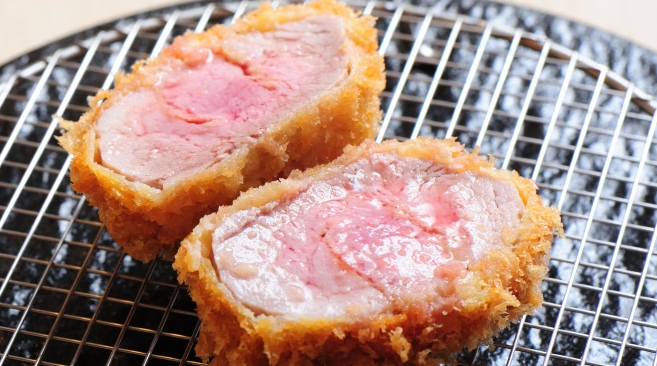
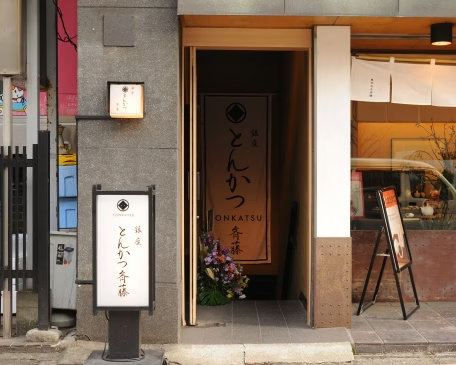
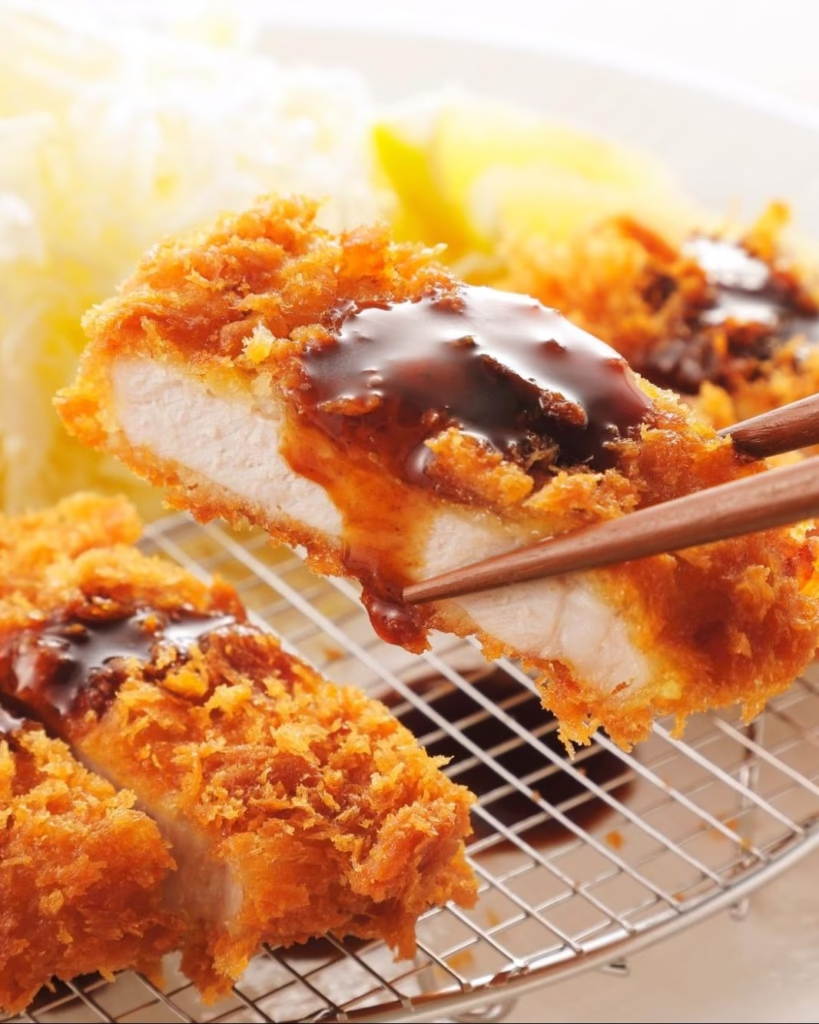
- Address: Ginza 7 Building B1F, 7-14-14 Ginza, Chuo-ku, Tokyo
- Getting there: A 2-minute walk from Exit 4 of Higashi-Ginza Station, 5 minutes from Ginza Station.
- Reasons to go: Run by a chef who trained at the famous Narikura, this spot offers tonkatsu at its finest. Top-grade pork from various regions (rotated monthly) is cooked low and slow to create a soft texture and rich sweetness. The wooden interiors provide a relaxed space, with both counter seating and semi-private rooms for 5–8 people.
- What to try: Tonkatsu made with rare, premium pork from Kumamoto is a highlight. It offers a perfect balance of light breading and rich juiciness. It’s served two pieces at a time to ensure it arrives in peak condition. Salt or home-made sauces let the meat’s natural flavors shine.
- Make A Reservation At GINZA TONKATSU SAITO
Japanese cuisine – Eel (Unagi)
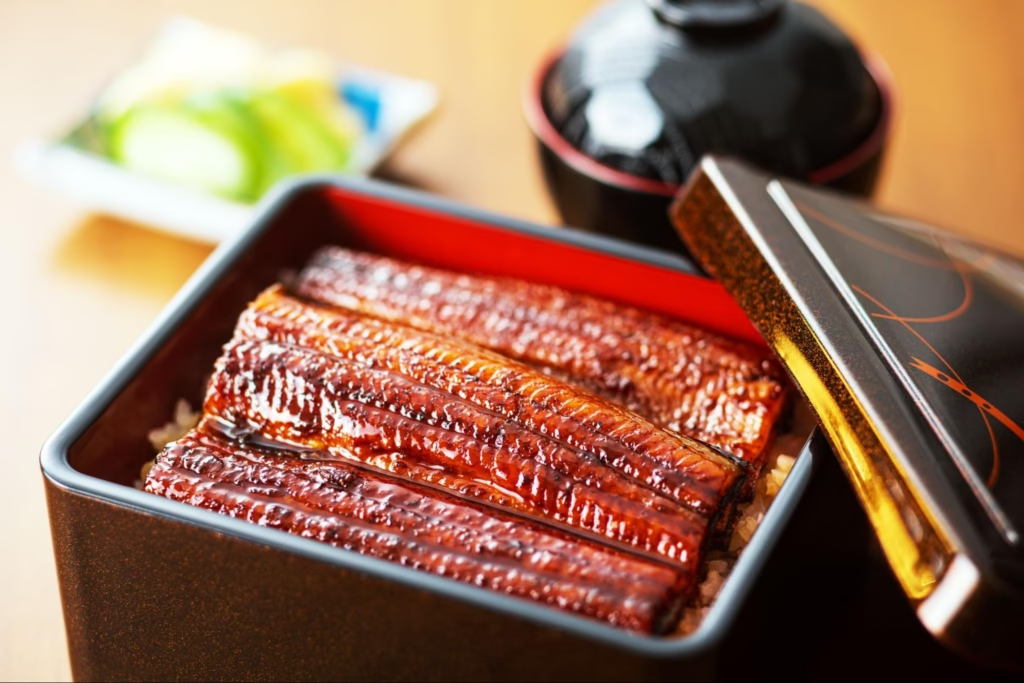
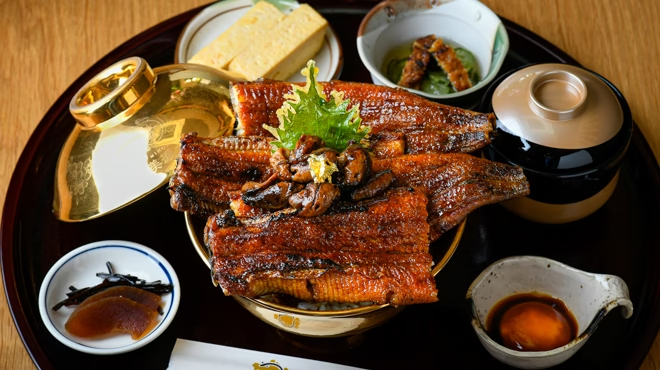
Unagi (eel) has been a staple of Japanese cuisine for centuries, long celebrated as a luxurious and culturally significant delicacy. Its fluffy, tender texture, smoky aroma from charcoal grilling, and rich flavor make it irresistible.
Popular dishes include unaju and unadon – grilled eel served over rice. The savory-sweet glaze (tare) and chargrilled eel create a harmony loved by both locals and international visitors.
Recommended Restaurant: 鰻 炭焼 ひつまぶし 美濃金 神田本店 Minokin Kanda Hitsumabushi Minokin
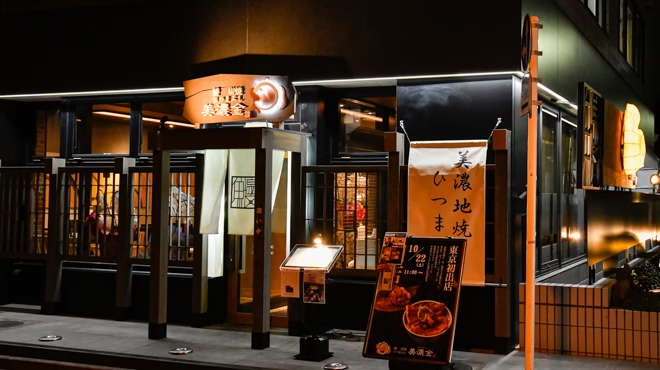
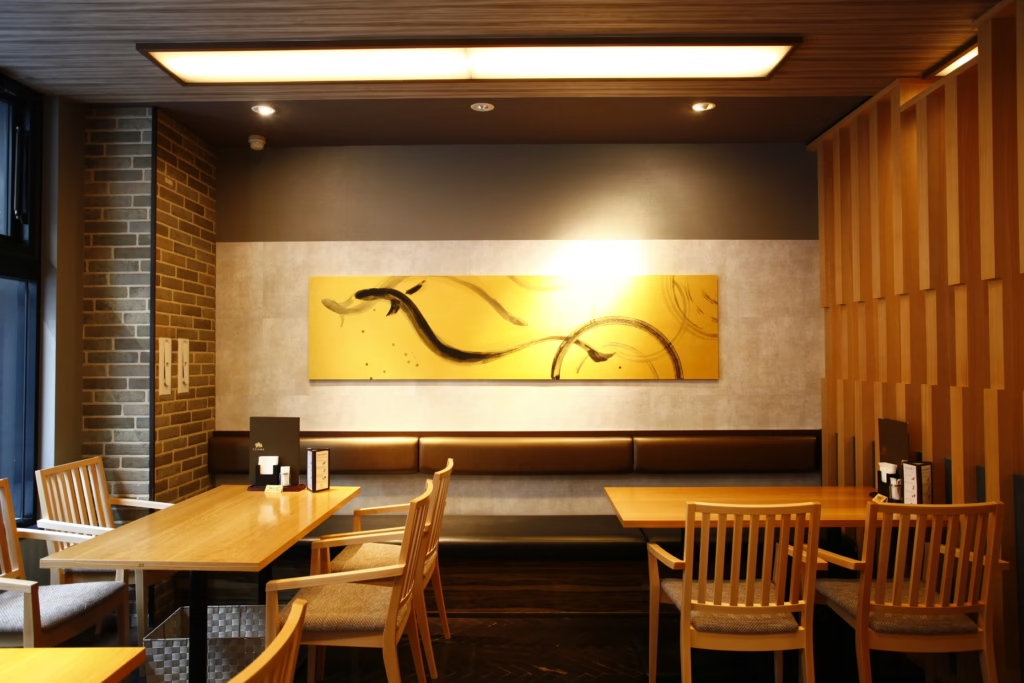
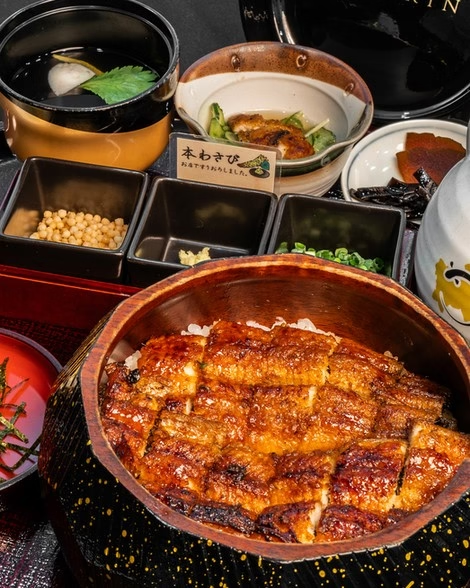
- Address: 6-14-3 Sotokanda, Chiyoda-ku, Tokyo, VORT Suehirocho II 1F
- Getting there: A 1-minute walk from Exit 4 of Suehirocho Station (Ginza Line); about a 7-minute walk from Akihabara Station (Electric Town Exit).
- Reasons to go: This restaurant preserves the Gifu tradition of “Mino-Jiyaki” grilling. It has been featured in the prestigious Unagi Hyakusen (a food culture magazine with a specific emphasis on eel) as well as various other media outlet. The restaurant is known for its refined atmosphere – subdued lighting, relaxing music, and large floral displays. Guests can enjoy a tranquil setting with counter, table, and semi-private seating.
- What to try: The classics include simple unadon and the more dynamic hitsumabushi, which allows diners to enjoy eel in three different ways using broth and condiments. The signature sauce, a closely guarded recipe, has evolved since the restaurant’s founding. Unlike the steamed style used in eastern Japan, Minokin’s Kansai-style involves grilling without steaming, yielding a crisp exterior and soft interior.
- Make A Reservation At Minokin Kanda Hitsumabushi Minokin
Japanese cuisine – Tempura
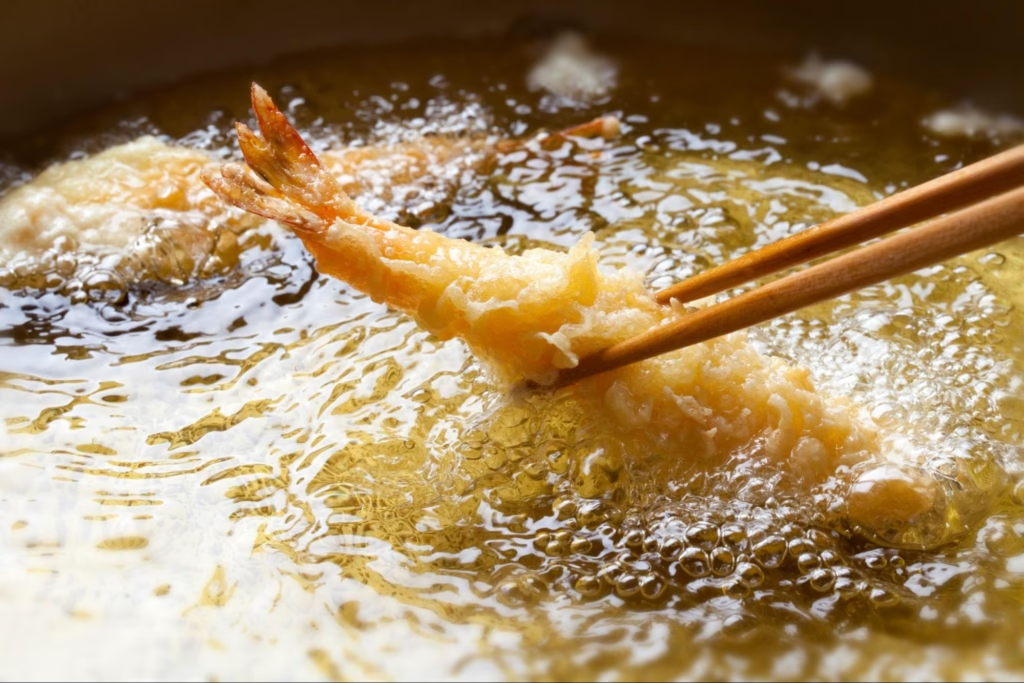
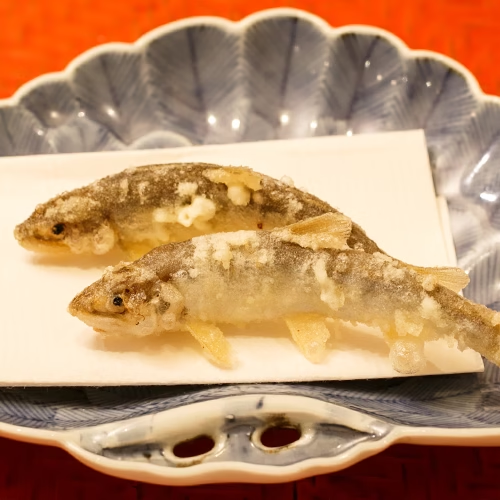
Tempura – seafood or vegetables coated in a light batter and deep-fried – is a globally recognized Japanese culinary art and a staple of Japanese cuisine. Known for its crisp texture and ability to enhance the natural flavor of ingredients, it has been a favorite since the Edo period.
The batter (flour, egg, water) is delicately balanced and fried at shifting temperatures to achieve the ideal contrast: crispy outside, fluffy inside. Popular items include shrimp, squid, sillago, eggplant, lotus root, and maitake mushrooms. Tempura can be enjoyed in many ways – served with dipping sauce or salt, over rice (tendon), or with soba noodles.
Recommended Tempura Restaurant: てんぷら 深町 Tempura Fukamachi
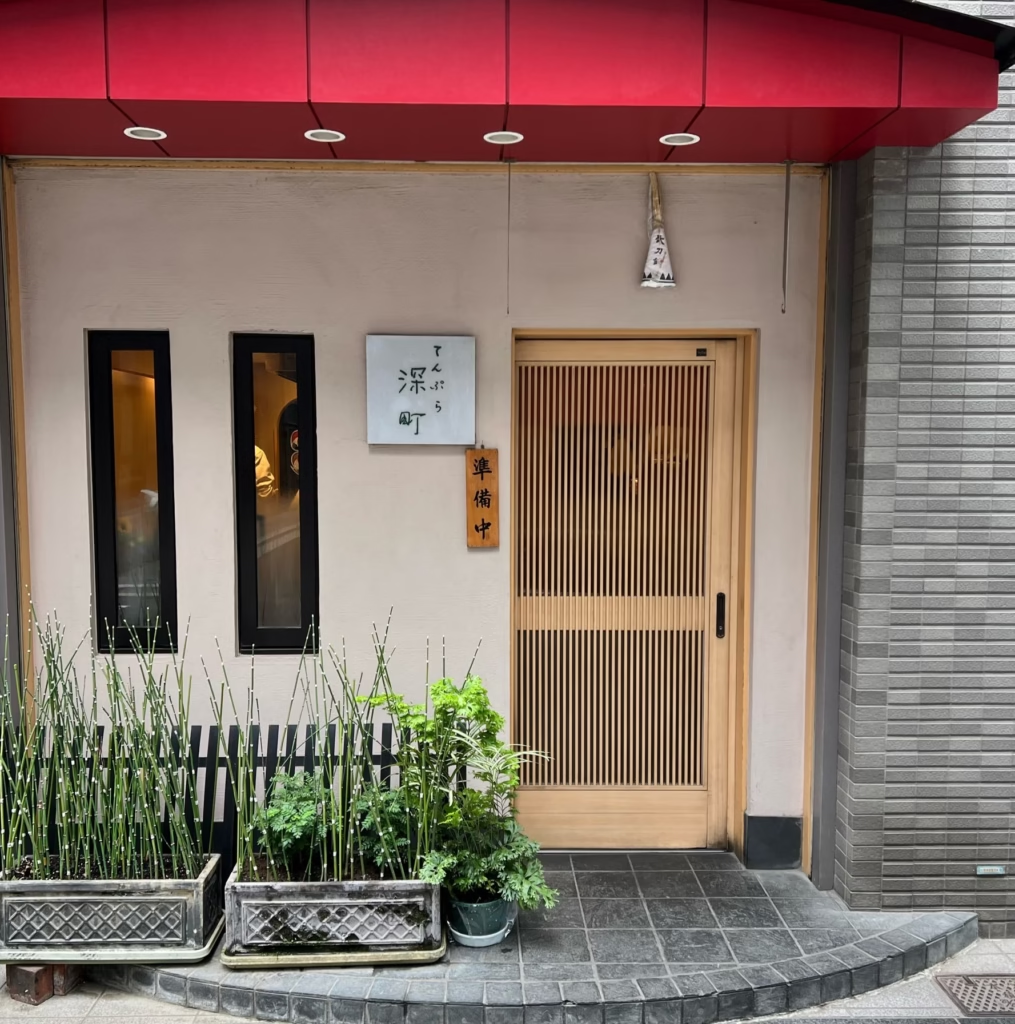
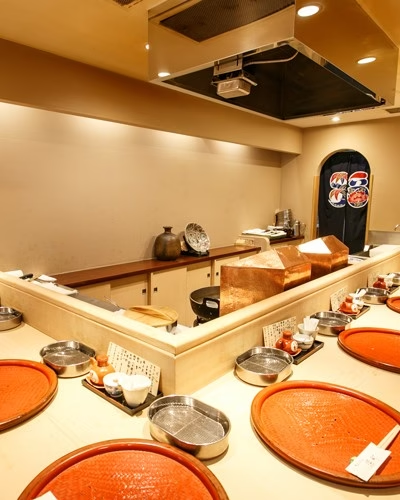
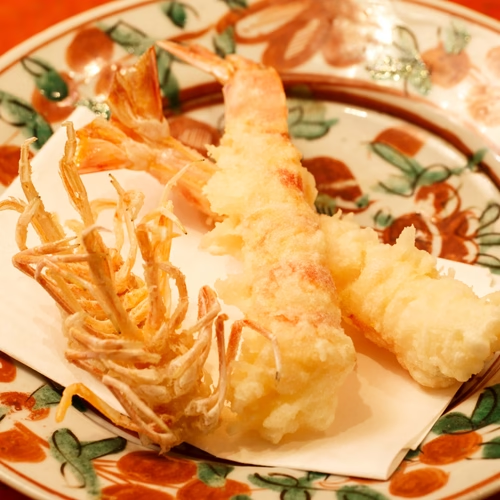
- Address: 2-5-2 Kyobashi, Chuo-ku, Tokyo, A.M. Kyobashi Building 1F
- Getting there: Just a 1-minute walk from Kyobashi Station, tucked away in a quiet alley off the main street.
- Reasons to go: A Michelin favorite, this restaurant is led by a seasoned master chef with over 50 years of experience who helped build the legacy of “Tempura & Washoku Yamanoue.” The tempura here is delicately fried to bring out the umami of each ingredient. And now the chef’s sons have joined the kitchen, continuing the evolving legacy.
- What to try: All ingredients are seasonal and carefully selected. The tempura is fried in Taihaku sesame oil for a light, refined texture. Skilled chefs adjust batter thickness and frying time according to the ingredient. The menu includes exquisite items such as tiger prawns, seasonal fish, and vegetables, offering a feast for the senses.
- Make A Reservation At Tempura Fukamachi
Japanese cuisine – Yakitori
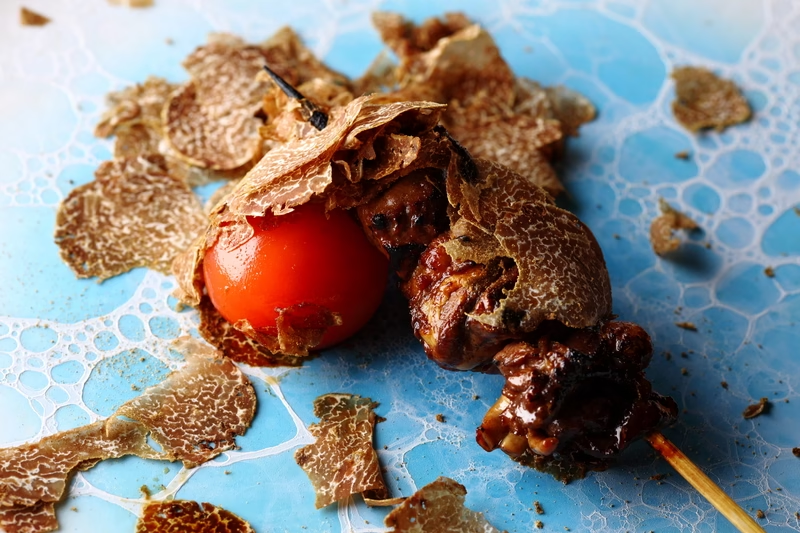
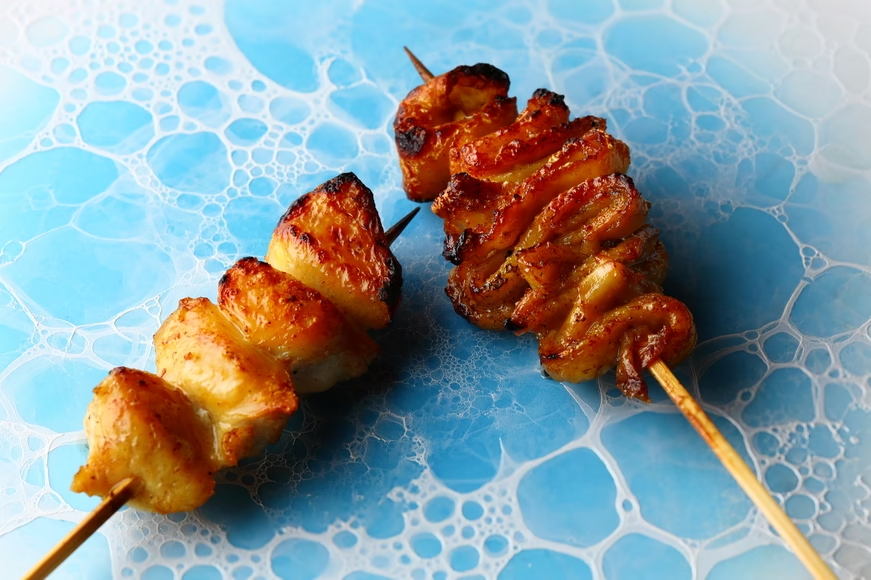
Though often enjoyed as a casual izakaya (pub) food, yakitori (grilled chicken skewers) has become a gourmet dining option. Since 2010, when four yakitori restaurants earned Michelin stars, a new wave of high-end yakitori establishments has emerged, prioritizing premium ingredients and masterful technique.
Tokyo is home to many restaurants serving refined yakitori courses that showcase the chefs’ exceptional craftsmanship.
Recommended Restaurant: 焼鳥 月や Yakitori Tsukiya Tokyo Ginza
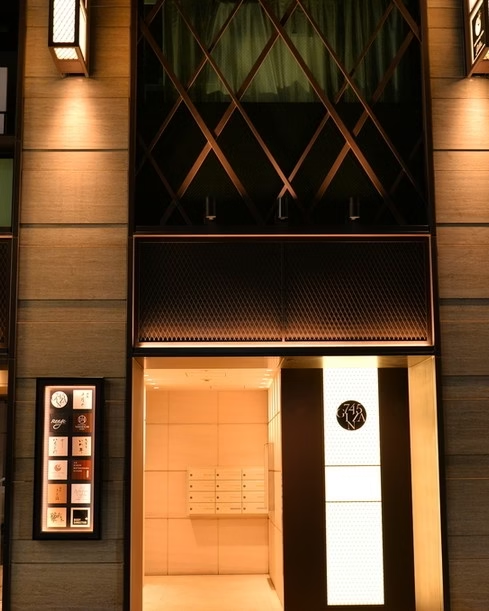
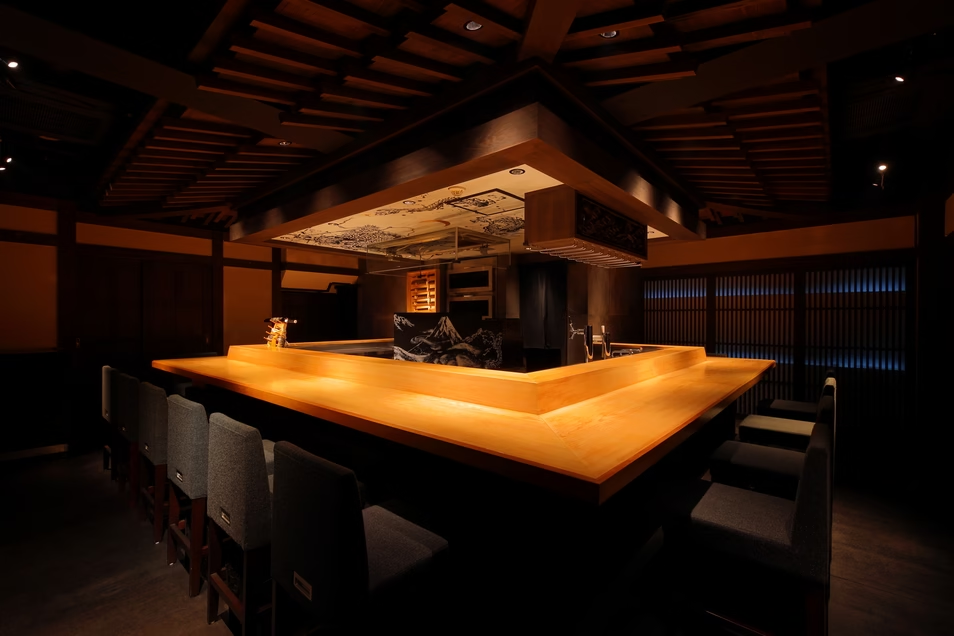
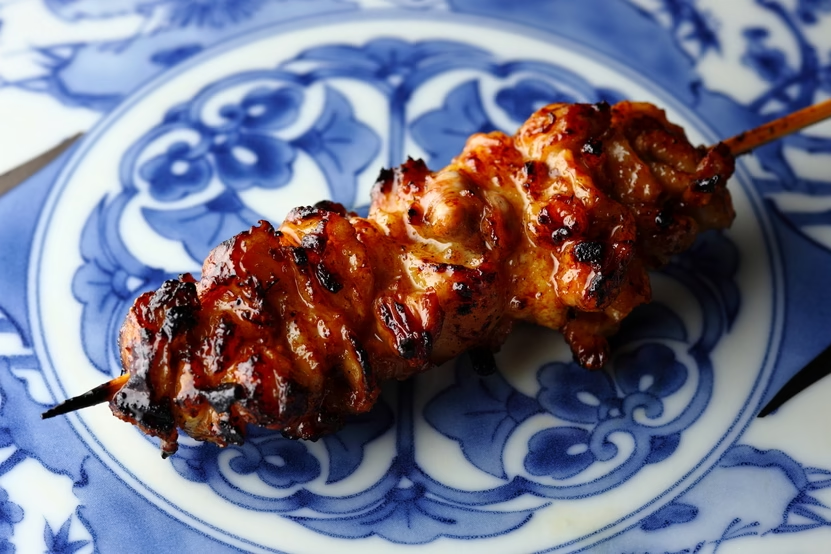
- Address: Ginza 745 Building 10F, 7-4-5 Ginza, Chuo-ku, Tokyo
- Getting there: A 4-minute walk from Ginza Station; a refined hidden gem on the 10th floor of a commercial building.
- Reasons to go: Run by a seasoned washoku chef who trained at Michelin-starred restaurants, this place redefines yakitori with exceptional skill and artistry. The intimate space has only fourteen counter seats crafted from a single slab of white wood. Ink paintings create a serene setting for a special dining experience. Guests can experience the grilling process up close, engaging all five senses.
- What to try: The featured chicken, Date-dori, is free-range and raised in nature. Female birds in particular offer tender, umami-rich meat. With precise heat control, it becomes perfectly crispy on the outside while it stays incredibly juicy on the inside. The omakase course includes rare cuts, seasonal vegetable skewers, and creative pairings with items like tuna, sea urchin, and Kyoto-style side dishes. A seasonal black truffle and Date-dori course is also available for a special dining experience.
- Make A Reservation At Yakitori Tsukiya Tokyo Ginza
In conclusion
Tokyo is a gourmet paradise where Japan’s cuisine and culinary artistry is on full display. From the elegance of kaiseki, the craftsmanship of Edomae sushi, the aroma of soba, the luscious fat of wagyu, the tradition of sukiyaki, the crispy juiciness of tonkatsu, to the delicate finesse of tempura and yakitori, this guide offers a deep dive into the flavors of Japan.
In this article, we introduced nine types of washoku and Tokyo restaurants where you can enjoy them. All restaurants are bookable via AutoReserve, making it easy to plan your Tokyo food adventure, whether you’re new to Japanese cuisine or a seasoned gourmet.
For any inquiries regarding reservations, please contact AutoReserve directly, not the blog administrator.
You may also like our posts on:
- How To Dine in Kyoto: Food Tips, Etiquette & Top Picks
- How to Spend the Perfect 3 Days in Tokyo, Japan
- How to Experience Historic Japan’s Hidden Gems: 10 Incredible Restaurants
- The Grand Hyatt Tokyo Review for Luxury Seekers
Pin it
